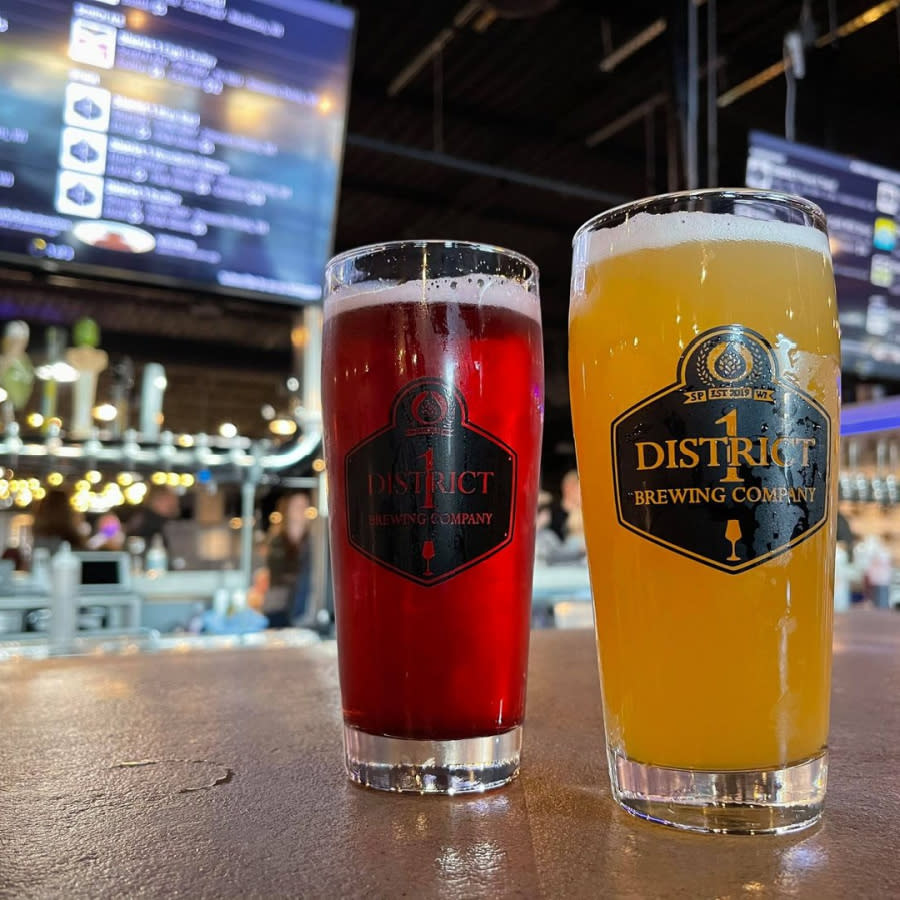Seawall Bar: Enjoy Drinks with Stunning Ocean Views in Galveston
Seawall Bar: Enjoy Drinks with Stunning Ocean Views in Galveston
Blog Article
Grasping the Craft of Purification: a Deep Dive Into Distillery Traditions
Checking out the intricate art of purification introduces a world soaked in classic traditions that have actually shaped the spirits we take pleasure in today. From the old origins of distillation techniques to the modern-day advancement of distillery equipment, each action in the process lugs with it an abundant tapestry of history and know-how. As we explore the fragile equilibrium of modern versus traditional distilling methods and reveal the relevance of crucial components, a deeper understanding emerges of the extensive impact distillery practices have on the spirits we appreciate.
Beginnings of Purification Methods
The development of purification techniques has an abundant history that traces back to ancient civilizations. The principle of separating elements based on their various boiling points laid the structure for the innovative purification processes we have today.
The earliest evidence of purification go back to around 3000 BC in Mesopotamia, where clay pots were utilized to distill fragrances and fragrant oils. The Egyptians even more advanced these techniques, utilizing purification for medicinal objectives and embalming methods. The Greeks, especially numbers like Aristotle and Hippocrates, added to the theoretical understanding of purification.
Gradually, distillation spread to regions like India, China, and the Middle East, each society including its special touch to the craft. The advancement of purification strategies continued via the Center Ages and the Renaissance, at some point leading to the varied variety of purification processes utilized in modern distilleries worldwide.
Evolution of Distillery Devices

With innovations in innovation and a deeper understanding of the distillation procedure, modern-day distilleries currently utilize a variety of innovative tools to generate spirits of the finest quality. Today, purification tools includes column stills, reflux stills, and hybrid stills, each developed to satisfy certain purification requirements. These modern-day stills use much better temperature level law, enhanced distillation precision, and greater effectiveness in separating alcohol from contaminations.
In addition to stills, distilleries now use advanced condensers, fermenters, and filtering systems to additional improve the extract. The evolution of distillery tools proceeds to play a vital duty in shaping the diverse series of spirits readily available out there today.
Traditional Vs. Modern Distilling Practices
Conversely, contemporary distilling practices utilize sophisticated modern technology and development to enhance production processes and improve uniformity. Automated systems, computerized controls, and advanced tools enable modern-day distilleries to produce spirits extra efficiently and with better precision.
While standard distilling techniques are cherished for their heritage and the special tastes they create, contemporary methods use benefits in terms of scalability, high quality control, and sustainability. By including scientific innovations and modern engineering, distillers can optimize manufacturing, decrease waste, and satisfy the needs of today's market much more successfully. Ultimately, the selection in between conventional and modern distilling practices often depends upon the distillery's goals, worths, and target market.
Key Ingredients in Distillation Process
Within the craft of distillation, the option of vital ingredients plays a vital duty in identifying the taste account and high quality of the spirits generated. The key active ingredients utilized in the purification process are generally water, yeast, and a fermentable source such as grains, fruits, or sugarcane.
Water is a fundamental part as it not just thins down the alcohol material to a tasty degree however likewise impacts the general mouthfeel and appearance of the spirit. The quality and mineral web content of the water used can considerably influence the end product.
Yeast is an additional essential active ingredient that transforms the sugars present in the fermentable resource right into alcohol through the find out here now procedure of fermentation. Various stress of yeast can create differing fragrances and tastes, adding to the special attributes of the spirit.

Impact of Distillery Traditions on Spirits
The influence of historical distillery customs on spirits expands past the choice of crucial active ingredients, shaping the extremely essence and personality of the final distilled items (Distillery in Galveston). These traditions, gave with generations, play a critical function in defining the special preference accounts and qualities that differentiate one spirit from another
Distillery customs include a vast array of practices, from the details methods made use of in distillation to the option of aging processes used. As an example, using typical copper pot stills in whiskey production is thought to present certain tastes and qualities that are very valued by connoisseurs. Likewise, the aging of spirits in oak barrels, a practice deeply rooted in distilling traditions, adds to the growth of complicated fragrances and tastes with time.

Final Thought
From the beginnings of distillation strategies to the contemporary methods, the impact of distillery customs on spirits is undeniable. Distillery practices play a vital function in shaping the spirits industry and preserving the heritage of distillation techniques.
Throughout the background of distillation, the tools made use of in distilleries has undertaken considerable advancement to improve efficiency and top quality of the distillation process.With advancements in technology and a deeper understanding of the distillation process, contemporary distilleries currently use a variety of innovative tools to create spirits see of the greatest quality. Today, purification devices consists of column stills, reflux stills, and crossbreed stills, each made to provide to particular distillation needs. From the origins of distillation strategies to the contemporary More about the author methods, the impact of distillery traditions on spirits is indisputable. Distillery traditions play an essential duty in shaping the spirits industry and protecting the heritage of purification techniques.
Report this page